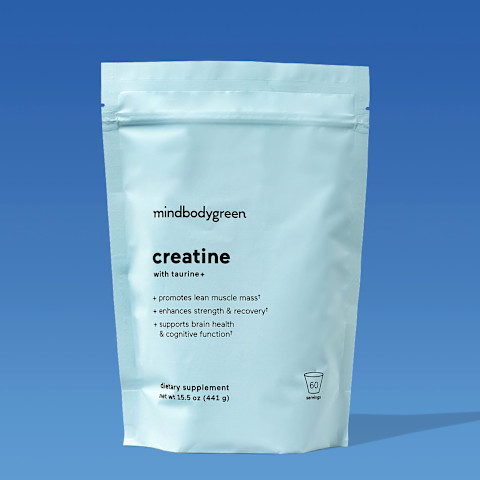These Foods Are Sneaking Fat Into Your Muscles — What To Watch For

We’ve all heard the phrase “you can’t out-exercise a bad diet.” A new study suggests that this may be true in ways most of us never considered: not just for our waistlines, but for our muscles, too.
While exercise is a powerful tool for longevity, researchers found that eating a diet high in ultra-processed foods can still sneak fat into your muscles, even if you’re active and not eating excess calories. And over time, that hidden fat could set the stage for weaker muscles, achy joints, and a faster path to aging.
What the study found
The study analyzed the diets and thigh muscle scans of more than 600 adults. On average, 40% of participants’ daily calories came from ultra-processed foods like packaged snacks, frozen meals, and sweetened drinks.
Here’s what stood out:
- Fat stored inside muscles: Those who ate more ultra-processed foods had higher levels of intramuscular fat, pockets of fat tucked between muscle fibers.
- Muscle quality declined: MRI scans revealed “fatty degeneration,” where fat starts to replace muscle tissue, a red flag for weaker muscles.
- Joint health at risk: This type of fat infiltration is linked to a higher risk of knee osteoarthritis, a leading cause of mobility loss.
- Exercise couldn’t fully offset it: The link between ultra-processed foods and muscle fat held strong, regardless of activity levels or calorie intake.
Muscle up
Your muscles aren’t just about strength training—they’re central to metabolism, mobility, and healthy aging. When fat builds up inside muscle tissue, it doesn’t just make workouts less effective; it can accelerate physical decline. And since muscle loss is a key driver of frailty and aging, protecting muscle quality is essential for a longer, healthier life.
What you can do
The good news? Small, consistent upgrades in both diet and exercise can make a big difference in protecting your muscles. Start by:
- Swap out one ultra-processed snack a day: Opt for whole-food swaps that deliver fiber, healthy fats, and protein—fuel that supports muscle recovery instead of undermining it.
- Prioritize whole foods: Aim to build meals around lean proteins, colorful vegetables, and whole grains. Not sure where to start? Here’s what to eat if you just started strength training.
- Lift weights consistently: Resistance training is the gold standard for maintaining and improving muscle strength, mass, and quality.
- Consider creatine: Creatine is one of the most researched and effective supplements for muscle health. It enhances strength, power, and muscle energy stores—helping you get more out of your workouts and protecting against age-related muscle loss.
- Support recovery: Adequate rest, sleep, and hydration are also key. Muscles don’t just grow in the gym—they repair and strengthen when you give your body the time and resources it needs to recover.
The takeaway
Exercise will always be a cornerstone of healthspan, but what you put on your plate matters just as much. By cutting back on ultra-processed foods and focusing on nutrient-dense whole foods, you’re not just supporting your weight or heart health. You’re protecting your muscles—the very foundation of strength, mobility, and resilience as you age.

